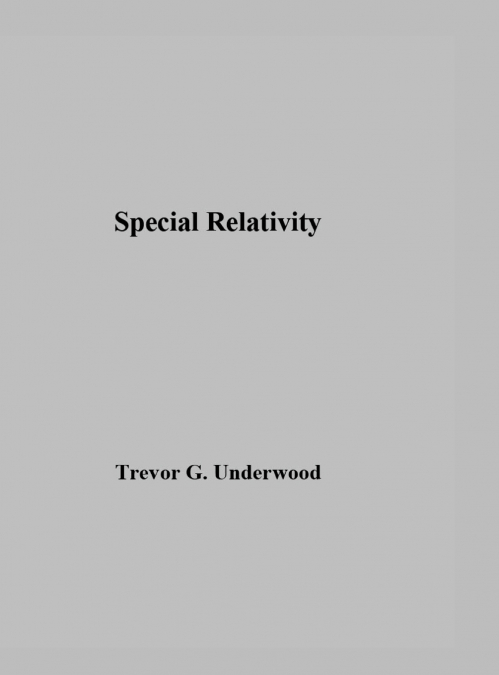
 Librería Perelló (Valencia)
Librería Perelló (Valencia)
 Librería Aciertas (Toledo)
Librería Aciertas (Toledo)
 Librería Elías (Asturias)
Librería Elías (Asturias)
 Donde los libros
Donde los libros
 El AlmaZen del Alquimista (Sevilla)
El AlmaZen del Alquimista (Sevilla)
 Librería Kolima (Madrid)
Librería Kolima (Madrid)
 Librería Proteo (Málaga)
Librería Proteo (Málaga)
This study concludes that, quite apart from enormity of the consequences of the two postulates of Albert Einstein’s theory of special relativity, taken together, including length contraction, time dilation, and the requirement to assume a point electron in the unsuccessful attempt to introduce special relativity into quantum electrodynamics, the evidence in support of Einstein’s second postulate on the constancy of the speed of light is far outweighed by the evidence against it. For this reason, until more satisfactory evidence in support of Einstein’s second postulate, a refutation of the Ehrenfest paradox, and an explanation for the observed Doppler red shift and blue shift consistent with Einstein’s two postulates, is provided, under any normal measure of a theory in physics, Einstein’s second postulate, and consequently his theory of special relativity, must be rejected. Part I provides annotated extracts and translations of the original papers leading up to the establishment of Einstein’s theory of special relativity and Walter Ritz’s competing emission theory of electromagnetic radiation. Part II examines the evidence in support of special relativity between 1905 and 2017. Part III addresses evidence against special relativity, reviews measurements of the speed of light, and provides the Conclusion.